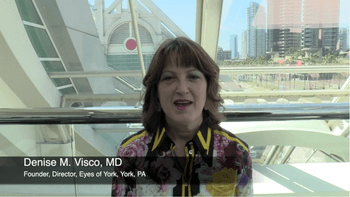
ICYMI: Denise Visco, MD, shares the take-home message from her 2019 ASCRS presentation.

ICYMI: Denise Visco, MD, shares the take-home message from her 2019 ASCRS presentation.


A new therapy is being investigated in a phase IIb trial to test its safety and effectiveness in patients with moderate-to-severe dry eye disease.



Phase III studies of a gene therapy for Leber Hereditary Optic Neuropathy have generated some unexpected positive findings. There is biologic plausibility to explain the data.

Tools for higher-order OCT assessment enable evaluation of features of interest, such as targeted retinal layers or fluid compartments, and may allow for unique characterization of disease phenotypes and treatment response.
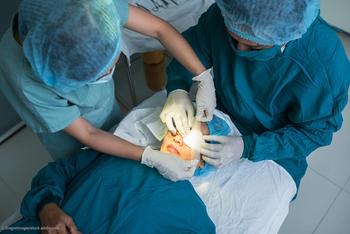
OCT-A detected microcirculatory disturbances during acute post-aural migraine attacks may be an important tool in elucidating the pathophysiological relationship between migraine, aura, and ischemia.

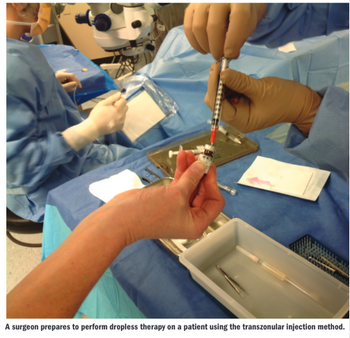

The results of the phase II FILLY study are in agreement with the prior literature on risk factors for GA progression.



Nerve blocks have been found to be a useful option for patients dealing with chronic issues, giving physicians another treatment choice.
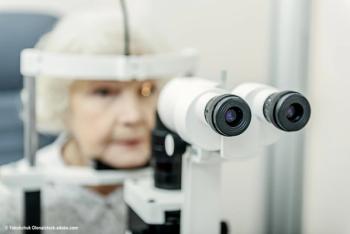
When considering surgey, does a patient's age really matter?
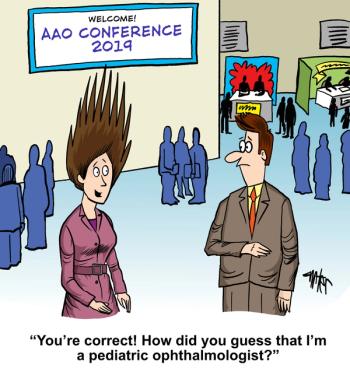

Escalating prices continue to be an issue for patients. They also hamper treatment options for physicians.


Drug costs, and other issues important to ophthalmologists, are in the cross-hairs of D.C. legislators.
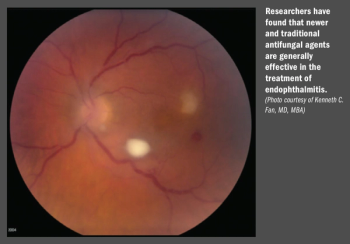
Study evaluates novel and traditional antifungal agents to determine efficacy.

Employees of medical marijuana dispensaries advocate drug’s benefits, contradicting the position of the American Glaucoma Society.


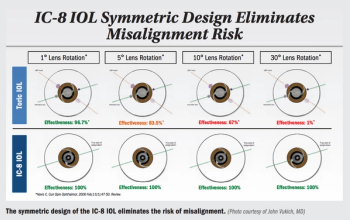

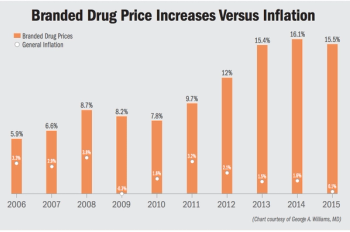

In our latest episode, Laura M. Periman, MD, shares her experience using intense pulsed light (IPL) therapy, and the benefits she's found in it for treating patients with chalazion.

Eye issues may have been factor for historic military leader
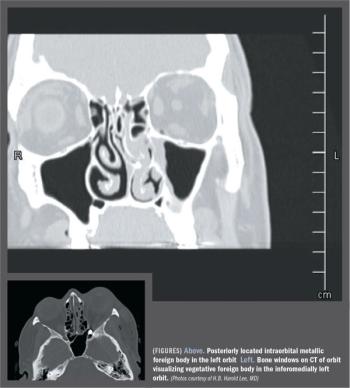
Removal of object may depend on potential risk, impact on patient’s vision